How to dye different weights of yarn and our best tips for March Mayhem
The month of March has come again and we are hosting our second annual friendly dyers competition March Mayhem! To set you up for success, we’re rounding out our favorite tips and tricks for dyeing thicker yarns like worsted and aran weight, vs thinner yarns like fingering or sock.
How to choose which Knomad yarn to dye
With so many beautiful yarns to choose from, it can be hard to decide which one to choose for March Mayhem! A good way to begin is to think of what kind of type of yarn color way you might want to dye for your entry. Here’s a review of some of my favorites and what I would dye on each of them
Stratus – This yarn, a blend of nylon and extra fine non superwash merino wool, is amazing for dyeing pastels and lighter colors in general. Because it takes color slowly compared to superwash wool, Stratus is a great choice for solid colors and hand painted yarns with a faded or washed out effect.
Bristle – If you want to use natural dye for your March Mayhem entry, Bristle would be my top pick. Made from organic wool and hemp, it takes natural dye unlike any other yarn I’ve ever seen. If you choose to use conventional dyes, they also look great on Bristle. With conventional acid dyes you will see more of a contrast between the hemp and the wool in the yarn, so keep that in mind when you plan your dyeing!
Salcantay – Salcantay has been super popular since Knomad launched. At a super pleasing chunky weight, Salcantay fabulously shows off multi colors and hand painted details. This super squishable yarn is made from super wash merino, so it’s a great choice if you’re dyeing speckles or for any other technique where you want the color to set quickly.
Ivory – A luxe blend of extra fine merino wool, baby alpaca and mulberry silk, everything dyed on Ivory turns into fine art. The combination of the silk, alpaca and non super wash wool means details dyed on this yarn tend to diffuse for an effortless watercolor effect. The silk gives it a beautiful glow and the alpaca adds a subtle halo.
Tips for dyeing thicker yarns like aran and worsted vs thinner yarns like fingering or sock
Tips for dyeing fingering or sock yarn – No special attention in particular is needed for thinner yarns except for tangling. Thinner yarn tends to tangle more easily, so make sure to handle it with care. Do not agitate the yarn while it is wet. All KNOMAD yarn skeins are secured with three skein ties which helps to keep skein neat, tidy, and free from tangles. For extra tangle insurance, throw a plastic or reusable silicone zip tie around the skein before you dye.
Tips for dyeing worsted or aran weight yarns – Because thicker yarns are spun looser than thinner yarns, there is a bit more of the potential for these yarns to felt. Felting happens when wool is exposed to heat, moisture and friction. When felting occurs, it is permanent and cannot be reversed. The best way to prevent felting is to not agitate the yarn when it is warm. Be careful when setting the yarn to keep the temperature just under the boiling point of 212 degrees Fahrenheit. Let yarn cool completely before handling, rinsing or washing.
Photo caption: Egret waits to cool before being handled
We cannot wait to see all your March Mayhem entries! Got any tips for dyers entering the competition? Leave them in the comments!
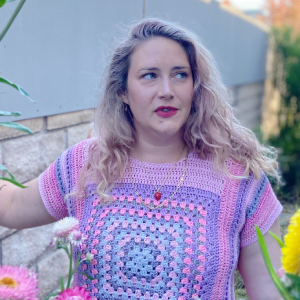
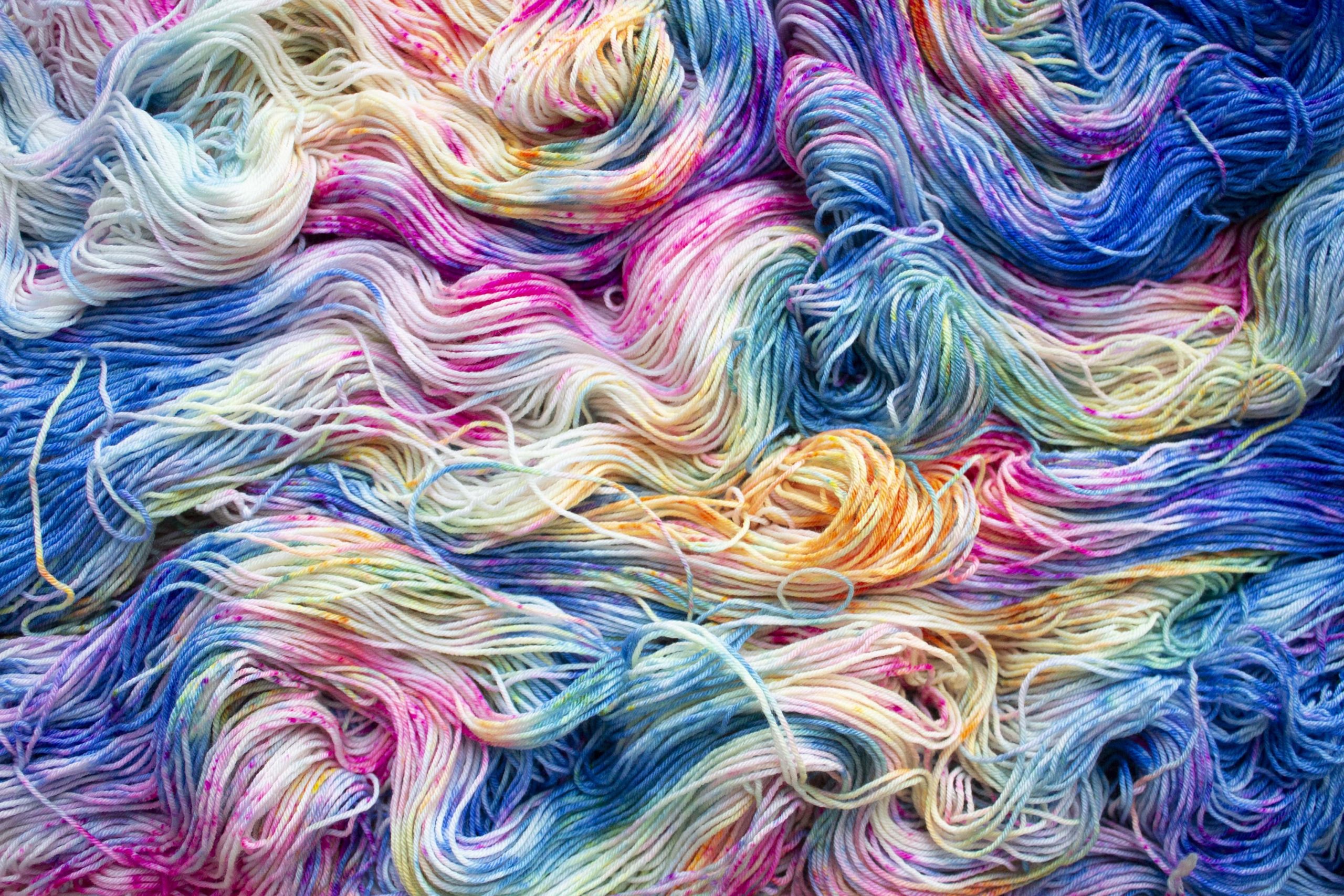
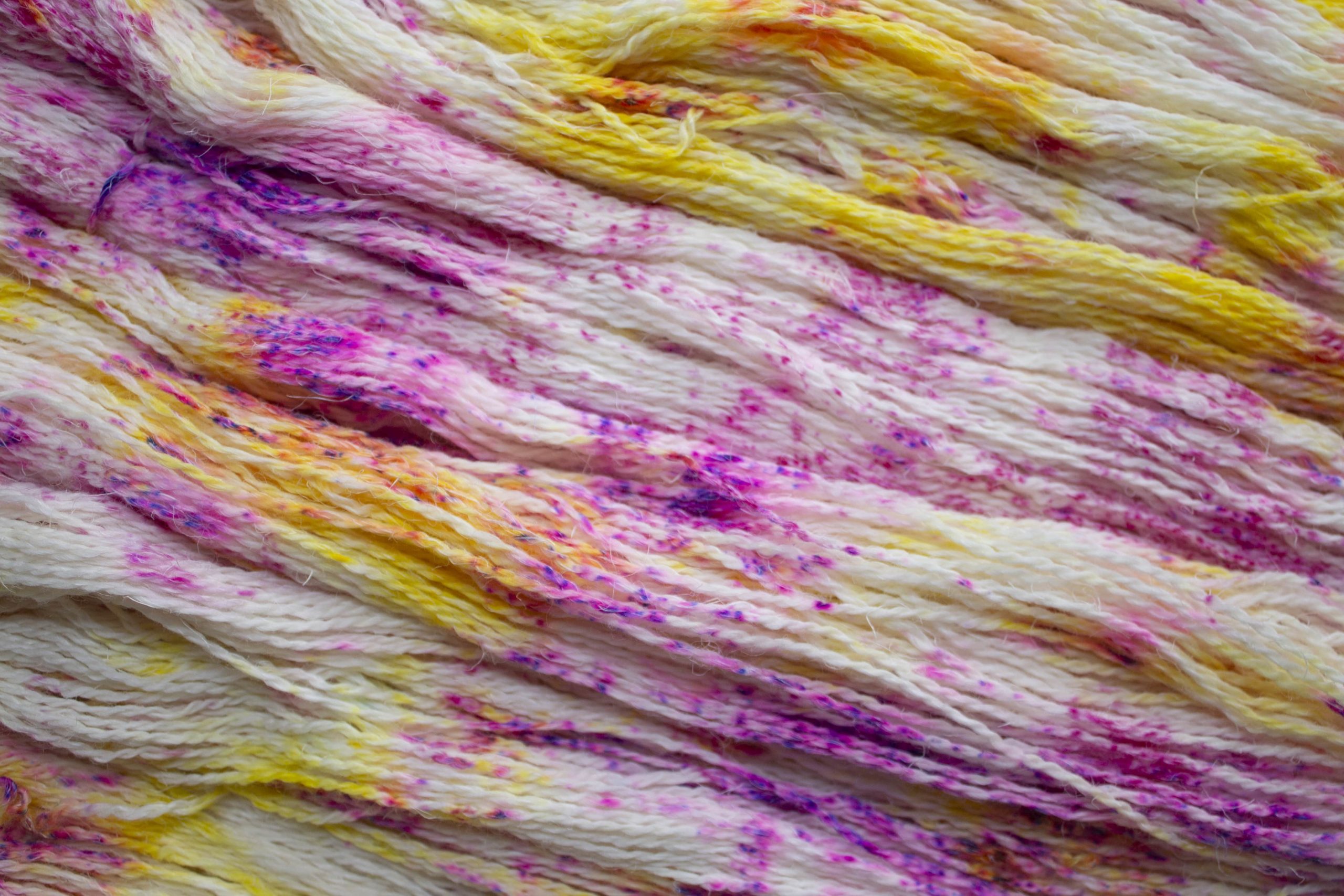
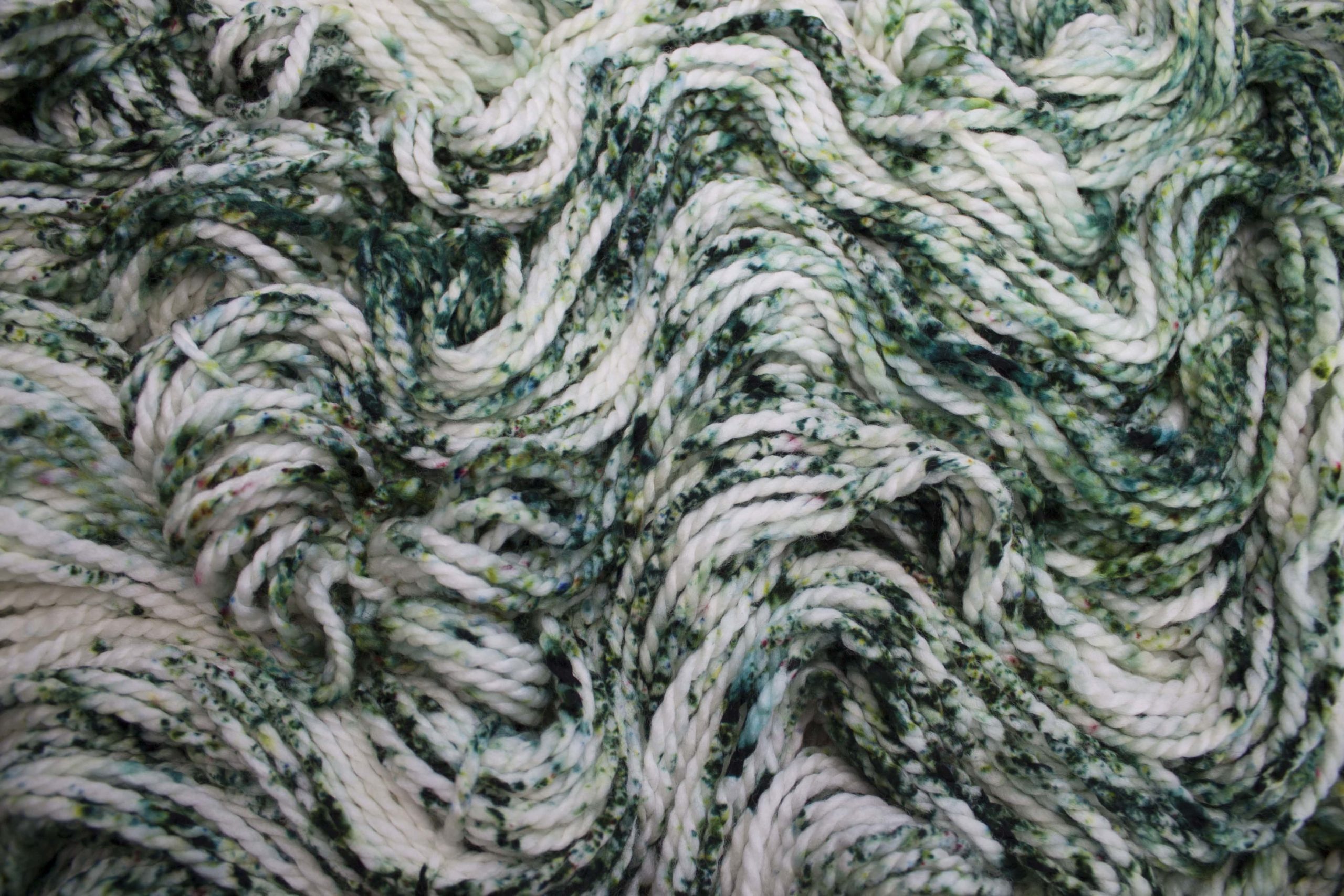
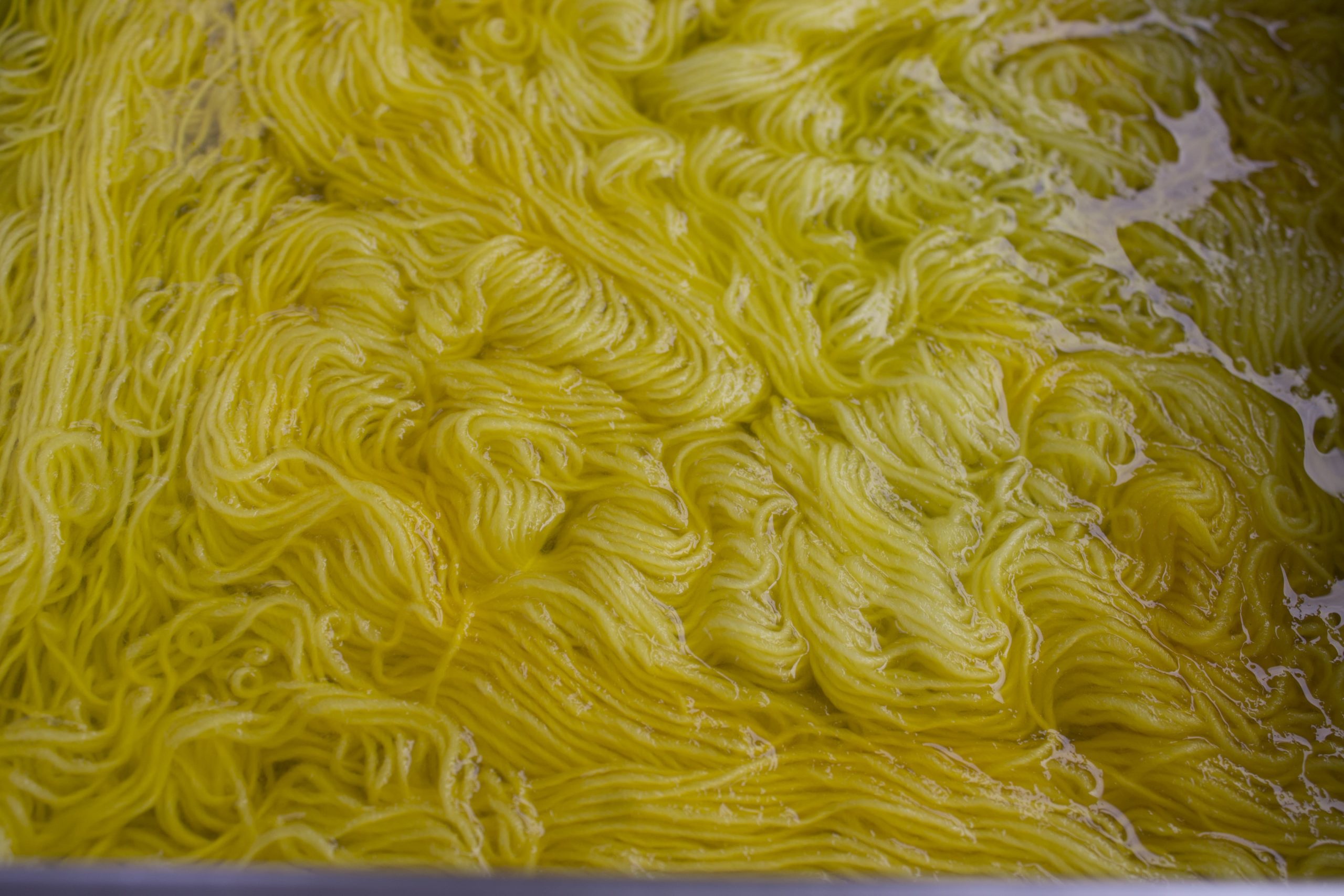






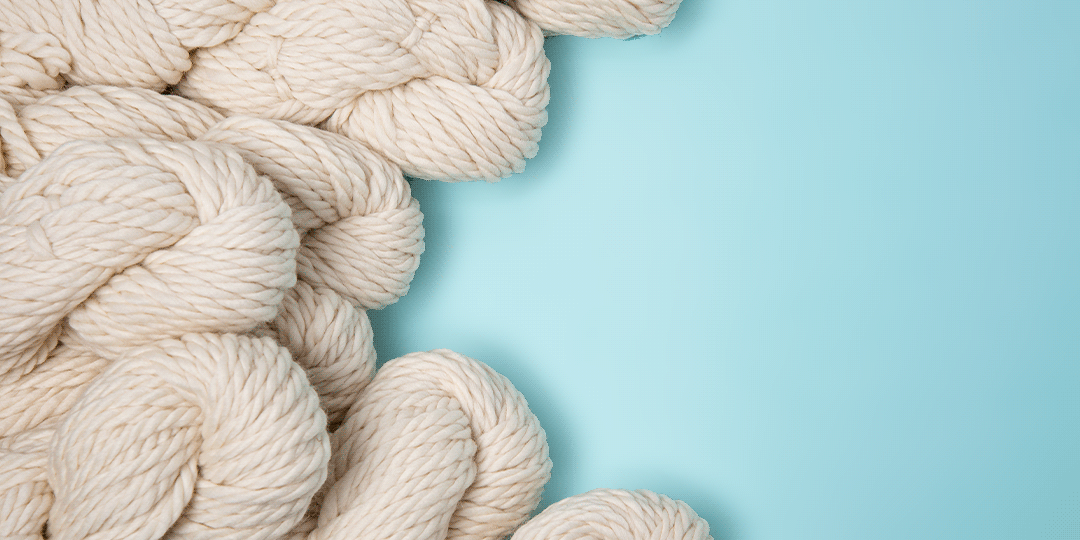

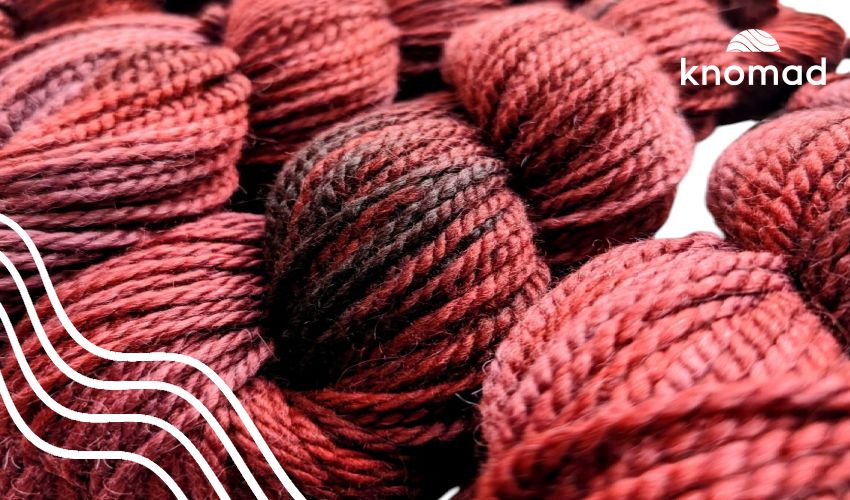
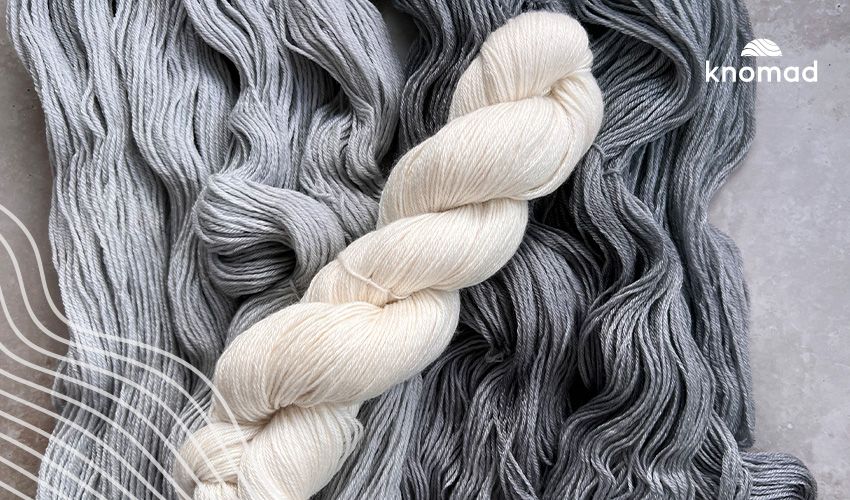
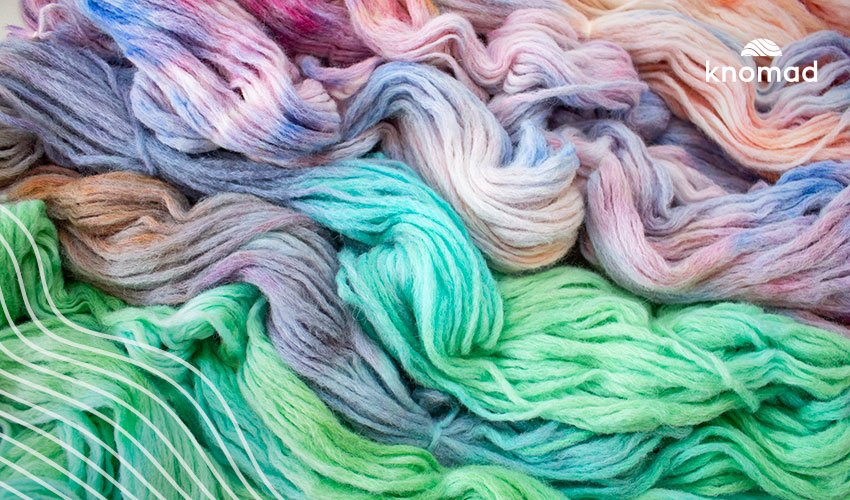
Super helpful post! Thank you!